What Was The Baroque Art Movement?
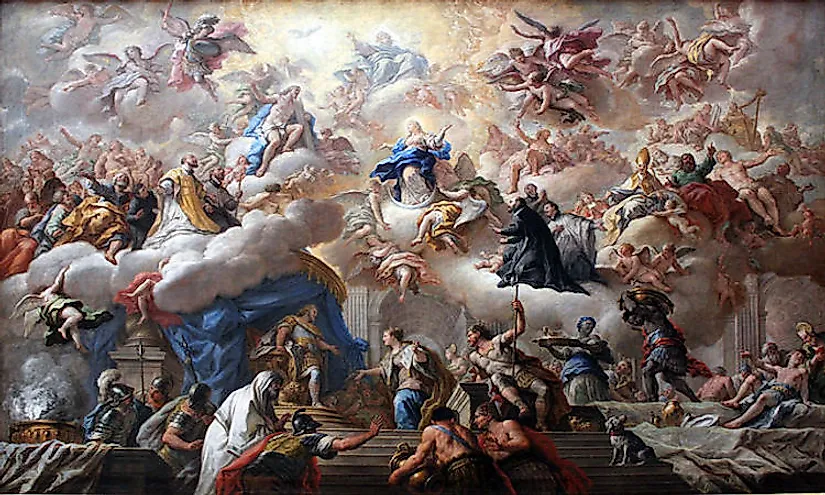
Baroque art began in Rome, Italy in the early 17th century and remained a prevalent style for more than a century. Baroque art was a dramatic and grandeur style that was incorporated in various disciplines such as architecture, music, paintings, and sculpture. The popularity of the art resulted in a movement that spread in most of Europe.
5. Overview of the Baroque Style-
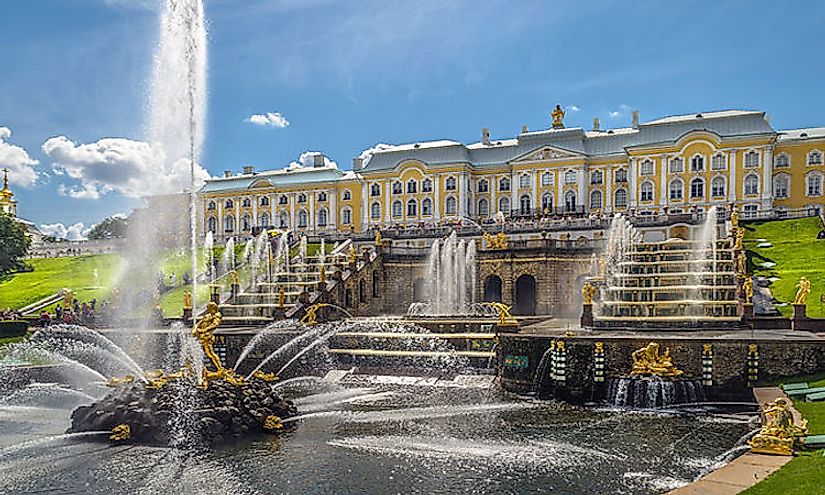
The Baroque art was exuberant and dramatic, and it incorporated precise detail and exaggerated motion in the disciplines of painting, sculpture, music, dance, and architecture. The Baroque Style was designed to appeal to the senses and used iconography that was direct, dramatic and obvious. The most common technique of the Baroque Style is the chiaroscuro trait, which employed the interplay between dark and light to form a highly contrast and dramatic atmosphere. The art rapidly developed with support from the Catholic Church, and until its decline, it was associated with grandeur, vitality, drama and sensuality.
4. History and Development-
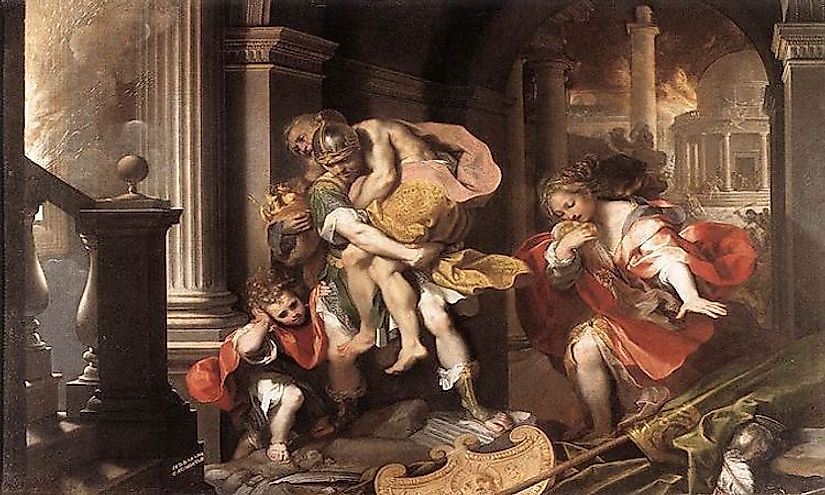
The background to the popularity of the Baroque Style began in the early 1500’s, when the Protestant Reformation, championed by Martin Luther, began to take root in Europe. Protestant denominations questioned some doctrines propagated by the Catholic Church, such as salvation by faith alone. The Council of Trent was subsequently convened to draft counter-reformation steps. The Catholic Church moved to re-assert itself in the religious landscape and needed to educate the masses on its doctrines, most of whom were illiterate. The Council of Trent resolved to use art as a tool for education, particularly art that was emotionally intense, dramatic and direct. The necessity for powerfully designed art by the Catholic Church inspired Baroque Style. The style inspired many artists across Europe and was used in paintings such as on ceilings and vaults of churches and palaces. Baroque architecture was incorporated in palaces, domes and bold spaces. The style was manifested differently in European countries in respect to their individual religious and political landscape.
3. Notable Artists and their Works-
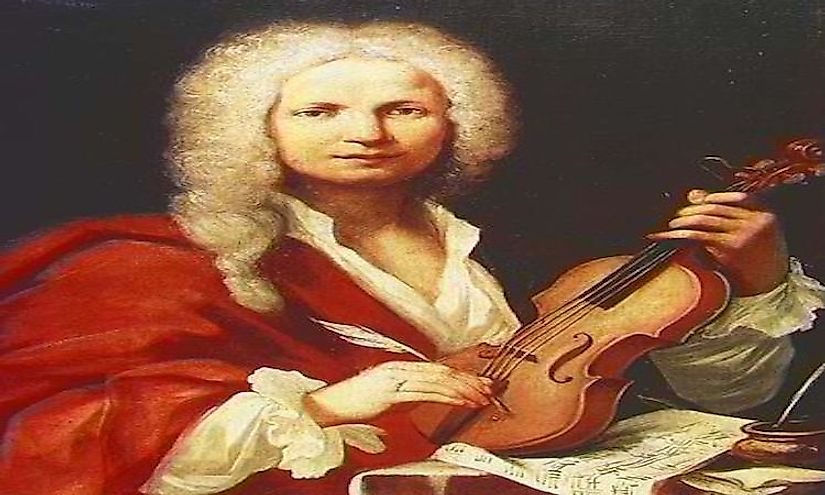
One of the most famous Baroque architects was Bernini who designed St. Peter’s Square in Rome. He ringed the square with impressive colonnades to evoke the feeling of being welcomed by the arms of the Catholic Church. The Baroque painter Peter Paul Rubens is renowned for various paintings as the’ Four Continents’ and ‘Massacre of the Innocents.' Peter alongside other Baroque painters as Caravaggio and Giovanni Bernini were famed for using clear dramatic, vivid imagery to mostly convey religious themes. Bernini is mostly famed for the painting of ‘St. Theresa in ecstasy’. Baroque music composers include George Handel and Johann Sebastian Bach.
2. Decline and Subsequent Successors-
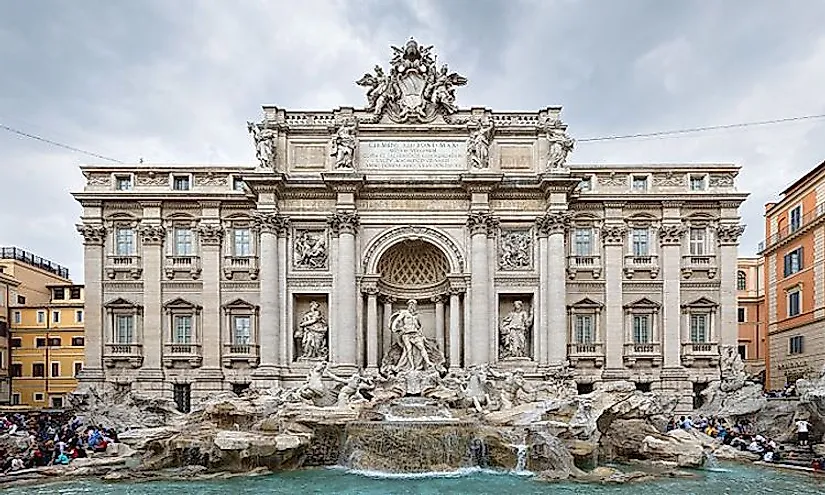
After enjoying massive success throughout Europe, Baroque style began its decline at the end of the 17th century. The decline coincided with the decline of Italy, which was the style’s cradle. In its place came the Rococo Style, championed by France which was the new European power. The Baroque style had been criticized as not being sincere, and the French developed the Rococo style as a resistance to the strict regulations of the Baroque Style.
1. Legacy-
The Baroque Style inspired the Beaux-Arts architecture style that developed in the 19th century and which was used in some modern buildings. The Baroque Style resulted in some majestic landmarks in modern Europe such as the St. Peters Square in Rome, Castellana in Malta, Queluz National Palace in Portugal, Royal Palace of La Granja in Spain, Parish Church of St. Anne in Budapest and St. George’s Cathedral in Romania.











